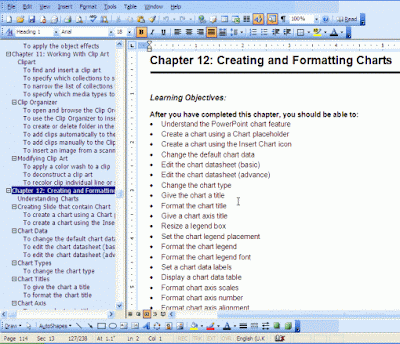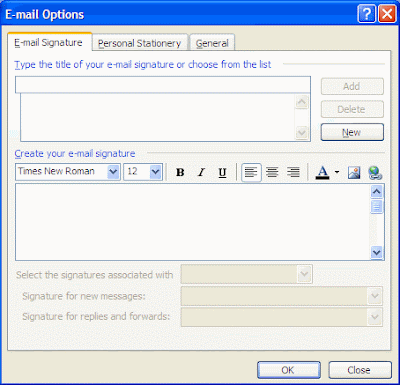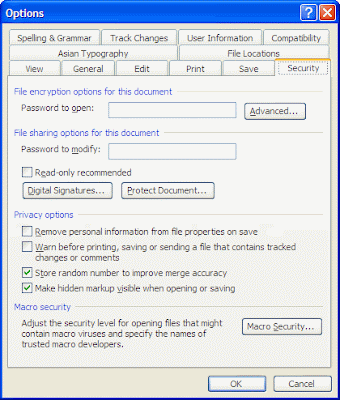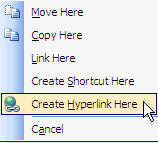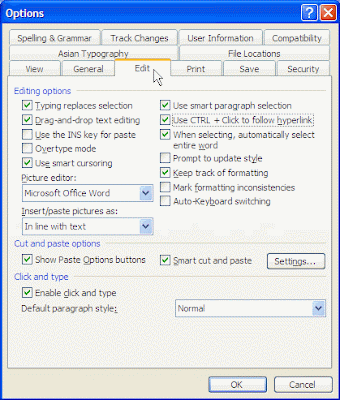Yes, you can use the free envelope printing software to help you printing the envelopes effortless in Word.However, Microsoft Word Envelopes and Labels feature also can be use to print envelopes. Here is the guide:
To add information to an envelope
Open a blank document in Microsoft Office Word.From the Tools menu, point to Letters and Mailings submenu, and click on Envelopes and Labels.From the Envelopes and Labels dialog box displayed, click onEnvelopes tab, and key in the Delivery Address and Return Addresscolumn. Click on the Options button in the Envelopes and Labels dialog box. This will display the Envelope Options dialog box.
Click on the Options button in the Envelopes and Labels dialog box. This will display the Envelope Options dialog box.
 Under the Envelope size: section, choose the size of your envelope.If you are in US, you can choose the Delivery point bar code option before click on the OK button.This will back to the Envelopes and Labels dialog box, click the Printbutton will print.Note: The delivery point bar code is used by the sorting machines at theUnited States Postal Service to help route mail more efficiently. Depending upon what you’re mailing, you can save money on your postage by printing the delivery point bar code on an envelope. To learn more about saving money using this feature, visit the US Postal Service website athttp://www.usps.com.
Under the Envelope size: section, choose the size of your envelope.If you are in US, you can choose the Delivery point bar code option before click on the OK button.This will back to the Envelopes and Labels dialog box, click the Printbutton will print.Note: The delivery point bar code is used by the sorting machines at theUnited States Postal Service to help route mail more efficiently. Depending upon what you’re mailing, you can save money on your postage by printing the delivery point bar code on an envelope. To learn more about saving money using this feature, visit the US Postal Service website athttp://www.usps.com.
To utilize free envelope printing software
Here are two freeware envelope printing software that makes printing envelopes effortless:
1.) Free Envelope Printing Software: Envelope WizardThis program will guide you through the steps, necessary for using your computer and printer for addressing an envelope. At each step along the way, you be asked to provide information for addressing the envelope. You may then proceed to the next step, if you find that you have made a mistake in a previous step, you can back up and redo it. Click Here to download.
2.) Free Envelope Printing Software: Quick Envelopes
This free software also easy to use and it covers all most commonly used envelopes. Get it free by clicking here.
